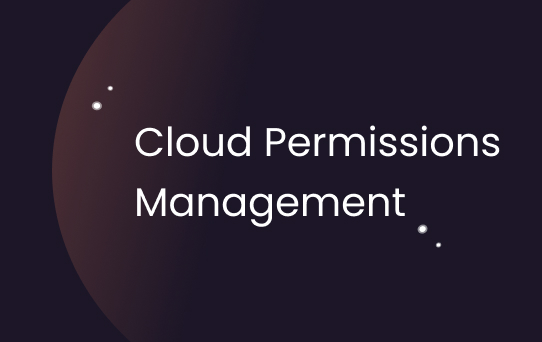What is Cloud Permissions Management?
Cloud Permissions Management refers to the practice of overseeing and controlling user access to cloud resources within an organization. This includes setting up, tracking, and regularly reviewing permissions granted to different user groups. It is a crucial component of cloud-based services, employed to safeguard sensitive data and apps against unauthorized access. This system enables stringent access control to the users who need specific data, resource, or functionality, separating the internal operations and customer-facing applications.
Why Cloud Permissions Management Exists?
The advent of cloud permissions management is a proactive measure to mitigate potential threats and enhance cybersecurity. Due to the increasing scale of cloud computing and diverse user groups, there's a real risk of vital information becoming compromised if left unchecked. With the right permissions management model, organizations can avoid data breaches and misuse of data. It ensures that each user has access to only the data and resources they need, fostering the principle of least privilege access, where the access rights are provided based on the 'least privilege' necessary for their function.
Users of Cloud Permissions Management
Cloud permissions management is necessary for any organization leveraging cloud services, including Software as a Service (SaaS) and cloud infrastructure. It's particularly crucial for companies with significant varieties in roles and responsibilities, such as DevOps teams, IT administrators, and third-party contractors. These users often require temporary access to certain resources that lie beyond their usual permissions scope. Precise and dynamic cloud permissions management secures the environment, making it resilient against insider threats and inadvertent data leaks.
Application of Cloud Permissions Management
Cloud permissions management can be implemented using various Identity and Access Management (IAM) tools. These tools play an integral role in enabling a seamless permissions management process, ensuring users only access relevant data. They not only aid in assigning and tracking permissions but also provide functionality for reporting and auditing, an essential part of compliance with various cybersecurity norms and regulations.
Ubiquitous Requirement of Cloud Permissions Management
Given the widespread use of cloud services across businesses of all sizes and types, Cloud Permissions Management is a commonly used practice. With the constant evolution and diversification of roles within organizations, its requirement is anticipated to grow. Cloud Permissions Management is, therefore, a cornerstone of effective and secure operations in the modern, digitally connected business environment.








